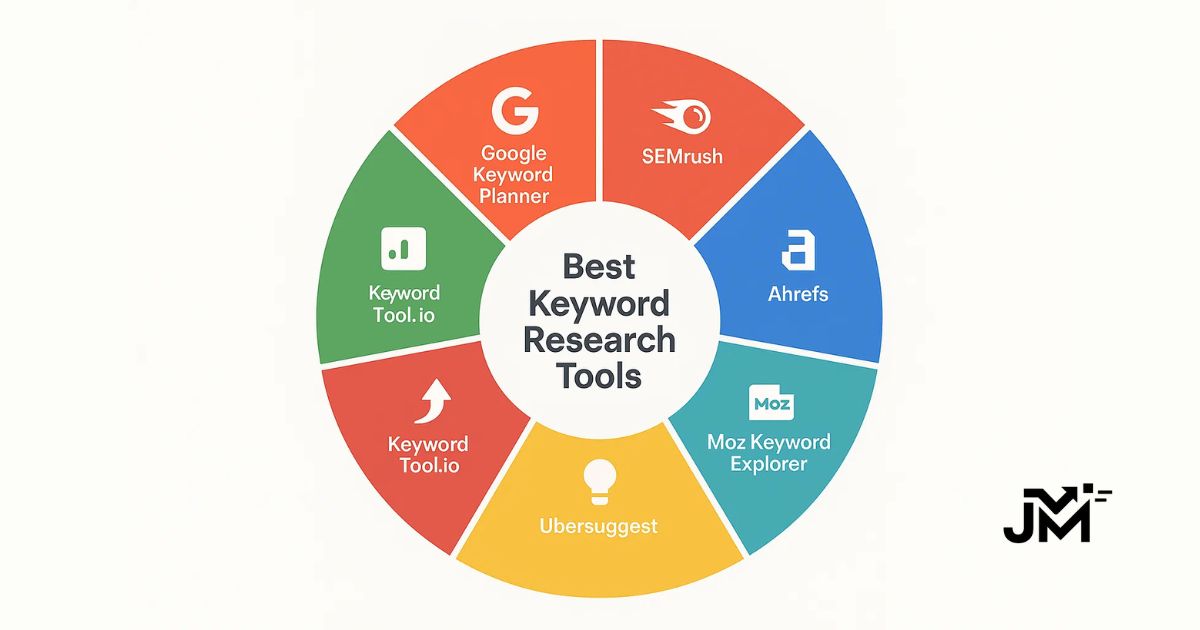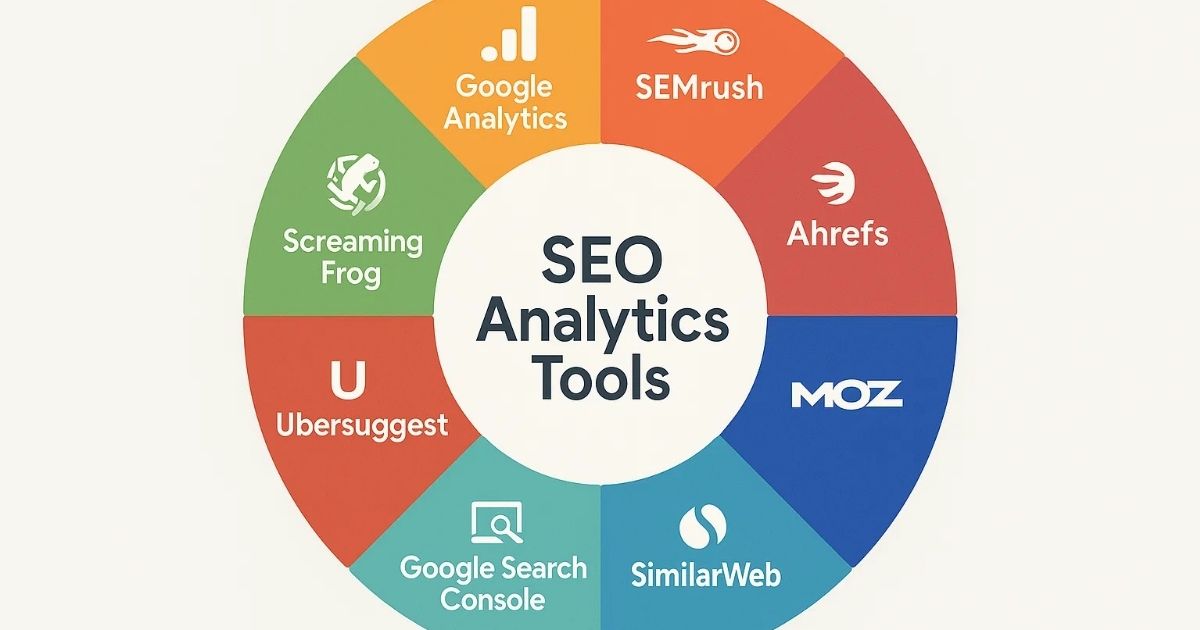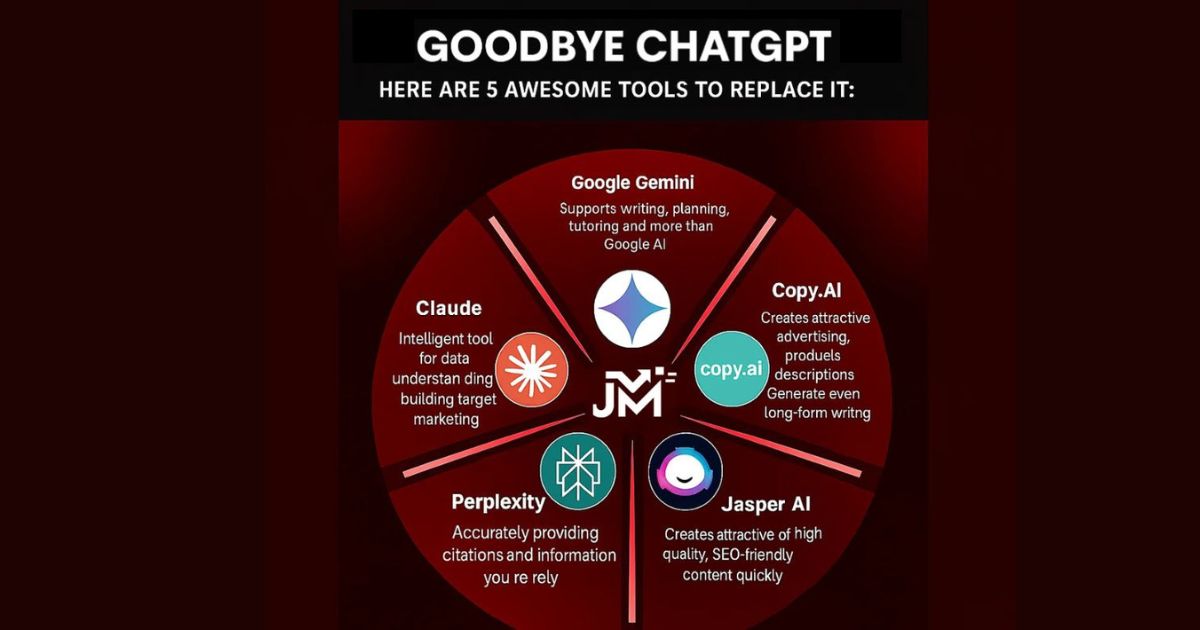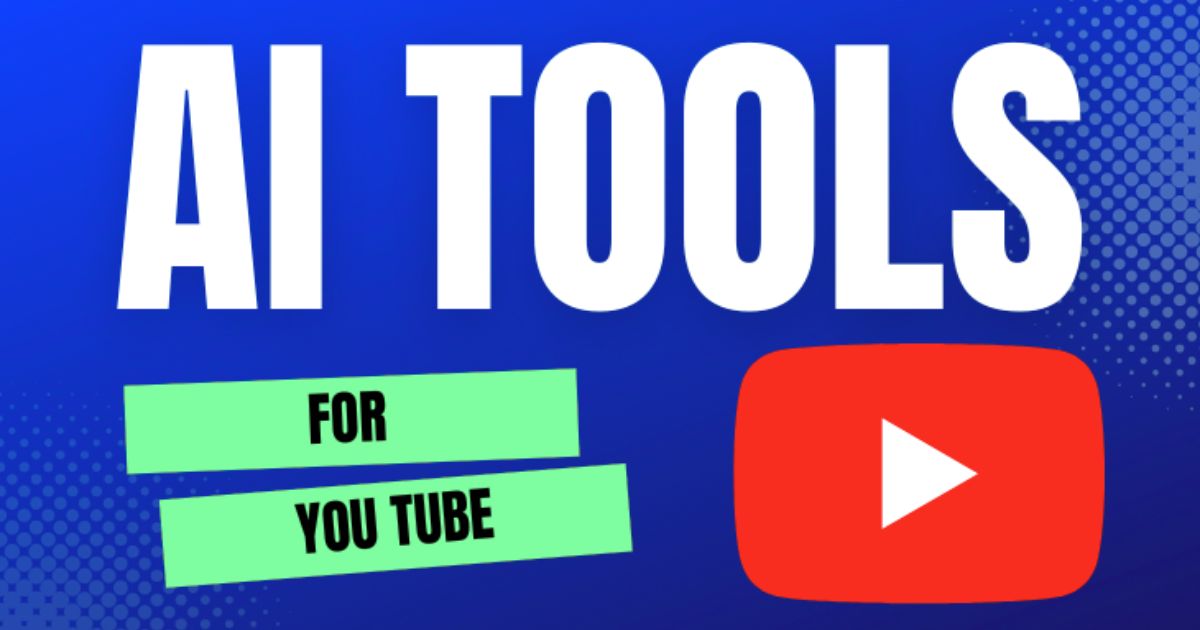Artificial Intelligence (AI) is revolutionizing the field of education by offering innovative tools and solutions that support both learning and teaching. From personalized learning experiences to administrative efficiencies, AI tools are transforming how educators and students interact with educational content. In this guide, we’ll explore various AI tools that are making a significant impact in the educational sector.
1. AI-Powered Learning Platforms
1.1. Khan Academy
Overview: Khan Academy offers free, high-quality educational content across subjects such as math, science, and humanities.
AI Features:
-
Personalized Learning: AI algorithms recommend lessons and practice exercises based on students’ progress and performance.
-
Learning Analytics: Provides detailed reports for educators to track student progress and identify areas needing attention.
How to Use:
-
Sign up for a free account on Khan Academy.
-
Explore the subjects and topics available.
-
Use the dashboard to assign tasks and track student progress.
1.2. Coursera
Overview: Coursera offers online courses from top universities and organizations worldwide.
AI Features:
-
Adaptive Learning: AI-driven course recommendations based on user preferences and past course performance.
-
Automated Grading: AI tools help in grading assignments and providing feedback.
How to Use:
-
Visit Coursera and create an account.
-
Browse and enroll in courses.
-
Engage with interactive content and complete assignments for feedback.
2. AI Tutoring and Assistance
2.1. Socratic by Google
Overview: Socratic is an AI-powered app that helps students with homework and study questions.
AI Features:
-
Question and Answer Assistance: AI analyzes photos of homework questions and provides explanations and answers.
-
Educational Resources: Offers relevant educational resources based on the user’s questions.
How to Use:
-
Download the Socratic app from the App Store or Google Play.
-
Take a photo of a homework question.
-
Get explanations, answers, and related resources.
2.2. Duolingo
Overview: Duolingo is a language-learning app that uses AI to teach new languages.
AI Features:
-
Personalized Language Learning: AI tailors lessons based on the user’s learning pace and areas of difficulty.
-
Speech Recognition: AI evaluates pronunciation and provides instant feedback.
How to Use:
-
Download the Duolingo app and create an account.
-
Choose a language and start with basic lessons.
-
Engage in daily practice to improve language skills.
3. AI for Classroom Management
3.1. Classcraft
Overview: Classcraft uses game mechanics to manage classroom behavior and student engagement.
AI Features:
-
Gamified Learning: Engages students with game mechanics and rewards.
-
Behavior Tracking: Tracks student behavior and provides real-time feedback.
-
Customizable Quests: Allows teachers to create educational quests and challenges.
Benefits:
-
For Students: Increases motivation and engagement through gamification.
-
For Teachers: Simplifies behavior management and encourages positive student behavior.
How to Use:
-
Sign up on Classcraft.
-
Set up your classroom and configure rules and rewards.
-
Use the platform to track behavior and motivate students.
3.2. ClassDojo
Overview: ClassDojo is a communication app for primary schools that connects teachers, students, and parents to build a positive classroom community.
AI Features:
-
Behavior Management: Tracks and encourages positive student behavior.
-
Classroom Communication: Facilitates communication between teachers and parents.
-
Digital Portfolios: Allows students to showcase their work and progress.
Benefits:
-
For Students: Encourages positive behavior and allows students to share their achievements.
-
For Teachers: Provides tools for behavior management and parent communication.
4. AI for Content Creation and Enhancement
4.1. Grammarly
Overview: Grammarly is an AI-powered writing assistant that helps with grammar, spelling, and style.
AI Features:
-
Grammar and Style Checks: AI provides suggestions for improving writing.
-
Plagiarism Detection: Checks for potential plagiarism in academic writing.
How to Use:
-
Sign up for a Grammarly account.
-
Install the browser extension or use the desktop app.
-
Write or upload your text to receive grammar and style suggestions.
4.2. Canva for Education
Overview: Canva for Education offers design tools for creating educational materials.
AI Features:
-
Design Assistance: AI helps generate design suggestions and templates for educational content.
-
Collaborative Features: Facilitates collaboration on design projects among educators and students.
How to Use:
-
Sign up for Canva for Education with your educational email.
-
Explore templates and design tools.
-
Create presentations, posters, and other educational materials.
5. AI for Educational Data Analysis
5.1. SAS Education Analytics
Overview: SAS provides advanced analytics tools for educational institutions.
AI Features:
-
Predictive Analytics: AI models predict student outcomes and identify at-risk students.
-
Data Visualization: Tools for creating visualizations of educational data.
How to Use:
-
Contact SAS for a free trial.
-
Use the platform to analyze educational data and generate reports.
5.2. Tableau for Education
Overview: Tableau offers data visualization and analysis tools for educational data.
AI Features:
-
Data Visualization: AI assists in creating interactive and informative data visualizations.
-
Insight Discovery: Identifies trends and patterns in educational data.
How to Use:
-
Sign up for a Tableau for Education license.
-
Import educational data and use visualization tools to analyze and present data.
Conclusion
AI tools are transforming education by providing innovative solutions for learning, teaching, and administrative tasks. These tools offer personalized learning experiences, efficient classroom management, and advanced data analysis capabilities. By integrating these AI tools into your educational practices, you can enhance teaching methods, support student learning, and streamline administrative processes.














